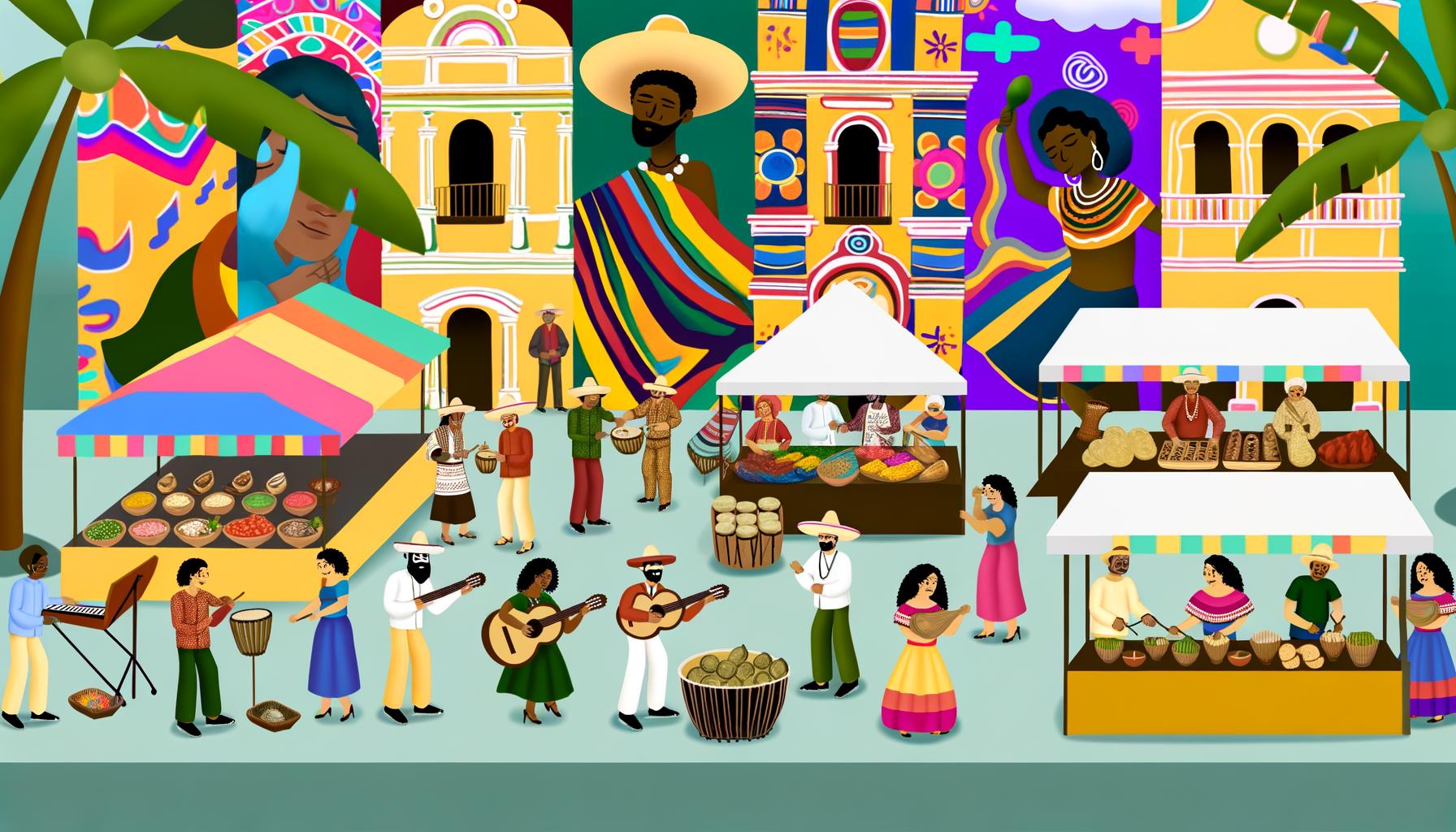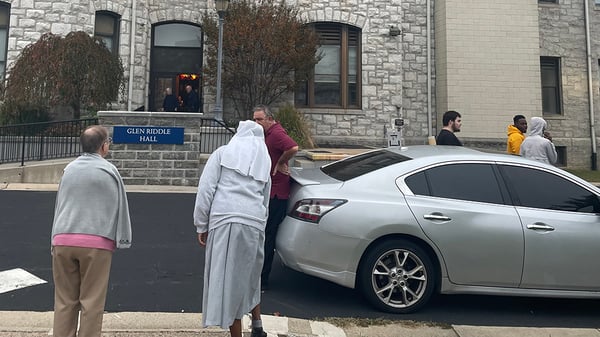In a fast-paced world, students are often bombarded with stress, and many do not know how to cope...
The Modern Reconquista

The Spanish Reconquista began in the 15th century during the reign of the “Catholic Kings,” King Ferdinand V and Queen Isabella. After the Moors took over Spain with their culture and traditions, the Crown wanted to “take back” their country and rule under one Spain. One Spain referred to as one God, one religion, one language, one culture, one race, one crown.
In doing so, many people were either exiled or forced to assimilate to the new Spain. This act reunified Spain under one regime, religion, language, and race. The Spanish Reconquista was the initial push for Spain to rise to power and reach its Golden Age during the 15th and 16th century.
After the Reconquista, Spain began to conquer the world and began to colonize different lands. However, the Spanish Empire expanding itself came with a price and unfortunately it was at the price of many people’s lives. The era of imperialism took over the world and empires began claiming territories, including Spain. Spain imperialized and colonized what we know today as Latin America. Latin America was filled with ancient cultures and societies such as the Incas reigning in Peru, Mayas and Aztecs in Mexico.
However, when the Conquistadores came to take over ancient civilizations, all that was known to these indigenous peoples were gone. Spain took all their gold, destroyed their homes, forced a religion on them and their language was forced to be taught. The Spanish took over and conquered Latin America, and while there are still a few communities that preserve the ancient tradition and culture, most of it has sadly disappeared.
Current day Latin America has developed a new culture and has modernized itself from their ancient civilizations. Through the food, music, and culture, Latin America has bloomed and created a new name for the world to know. Much of this new Latin America has taken over the world, but ironically, it has taken over Spain.
Latin America’s influence is reconquering Spain through many avenues and has brought to the light a new term, La Reconquista, to “take back” what was once theirs.
To begin with, as of 2022, over 300 million people living in Spain are from Latin America, making it 6% of Spain’s population Latin Americans and people from Latin America are beginning to move to Spain, conquering the Spain with the culture of Latin America.
In Madrid, as I traveled through the city with Neumann students studying abroad, I saw countless of flags that belonged to Latin American countries. I saw the Mexican, Peruvian, Bolivian, Ecuadorian, Colombian and Venezuelan flags hanging from restaurants, balconies, or inside cars. Many restaurants that had Latin American origins were placed all throughout the streets of Madrid, Spain. In one instance, I saw a Peruvian restaurant and I, as a true Peruvian, had to go and eat there.
As I was there, I met a woman who was also from Peru and she was residing in Spain for 10 years. She told me that there was another Peruvian restaurant about 15 minutes away, that was much better than the restaurant we were at, but this was the closest one to her job, so she only stopped by real quick.
I also bumped into two people who were from El Salvador, and they recommended a restaurant where they served endless pupusas. And there were countless of places that had tacos and served Mexican food.
Latin America is in its Reconquista era and has already begun to take over Spain. As you walk through the streets of Madrid, take a look around and you will notice the flags of all the Latin American countries, hanging in the corner of a window or a flag moving through the wind, but you will see just how influential Latin America is in Spain, where Reggaeton plays on the radio people watch and host the Latin Grammys.




